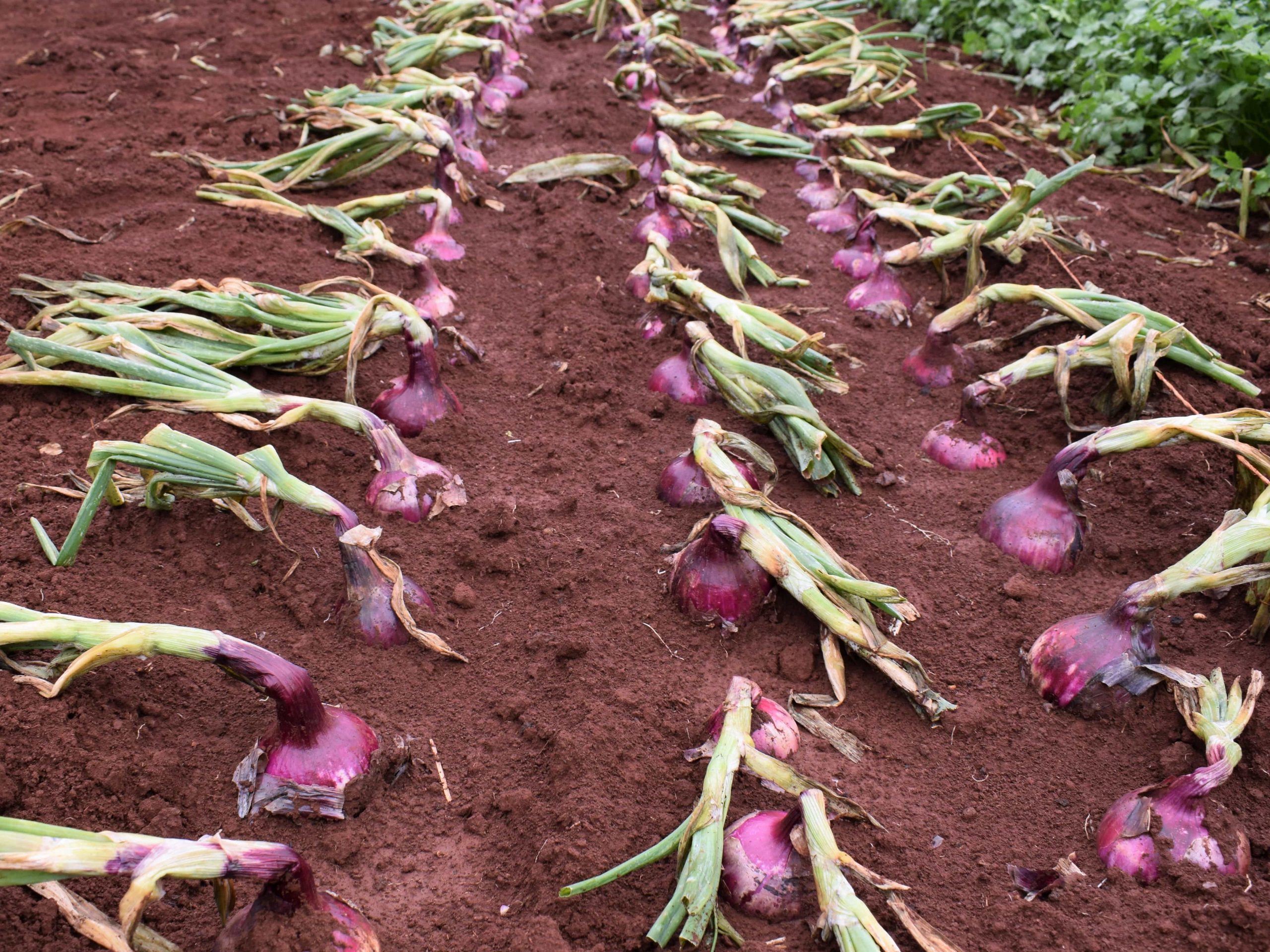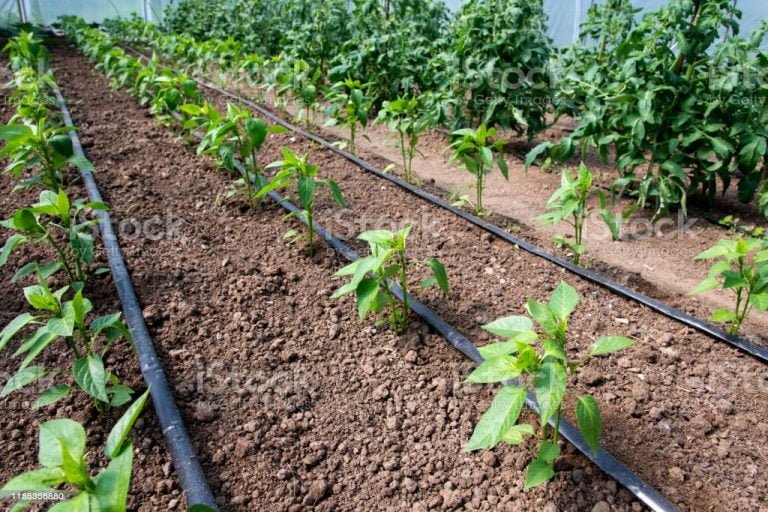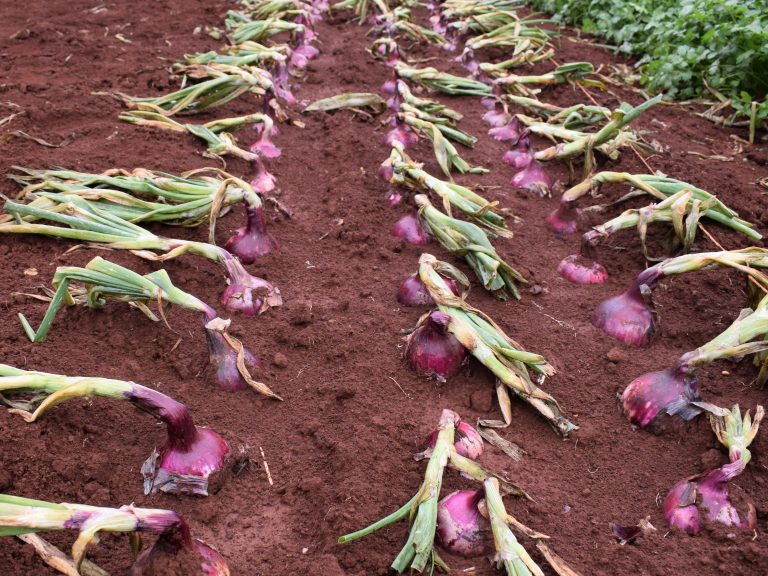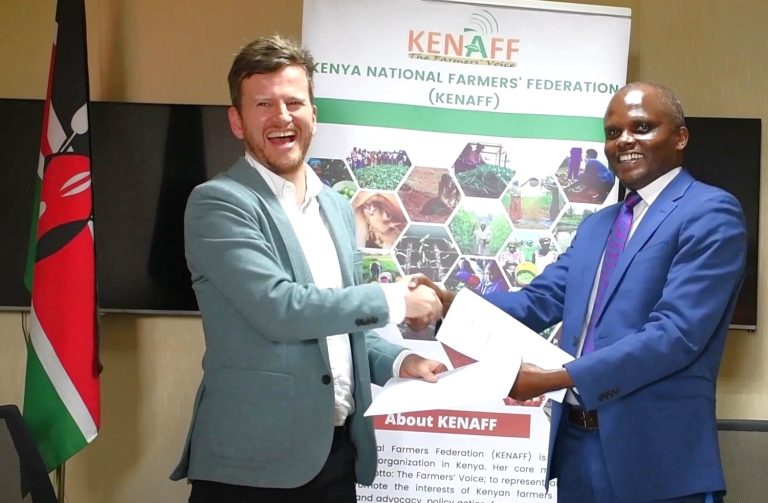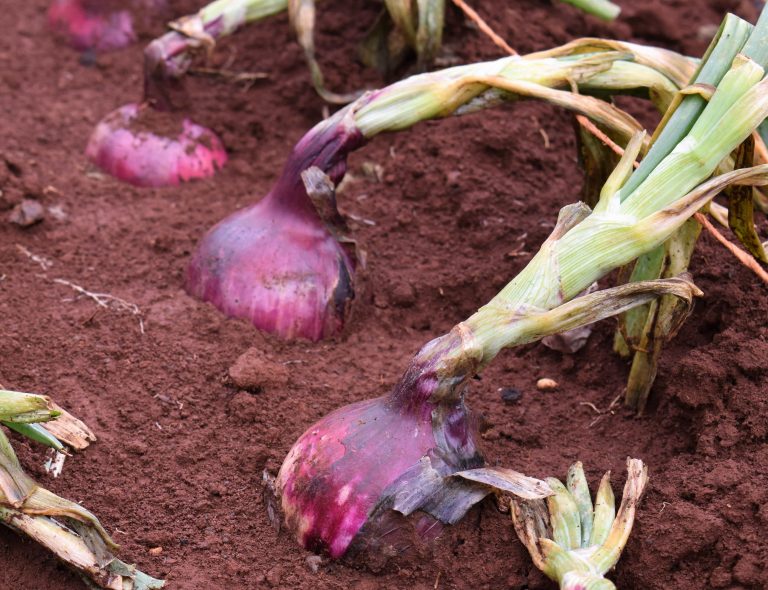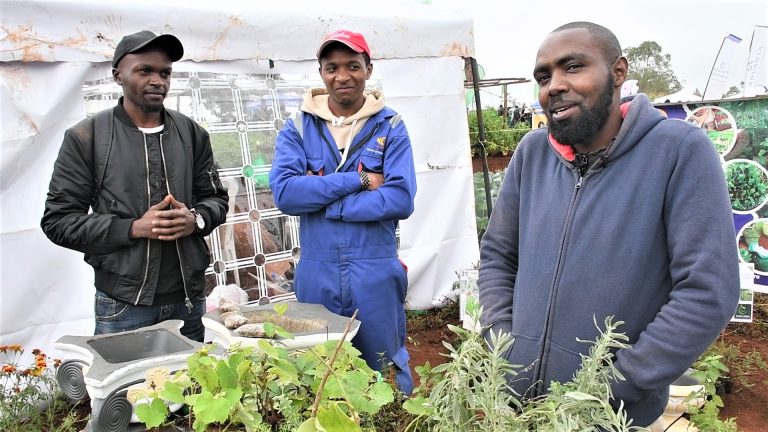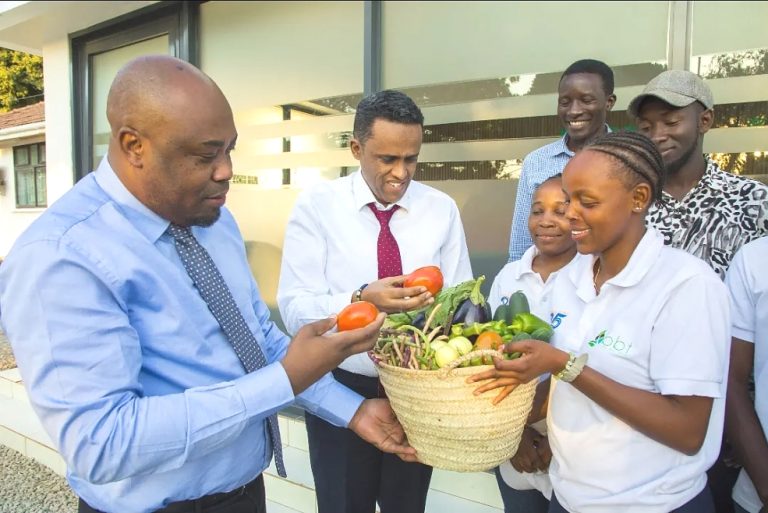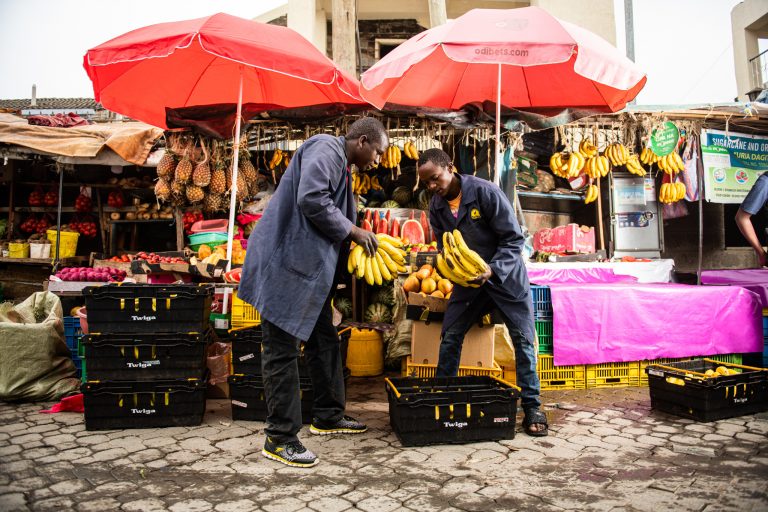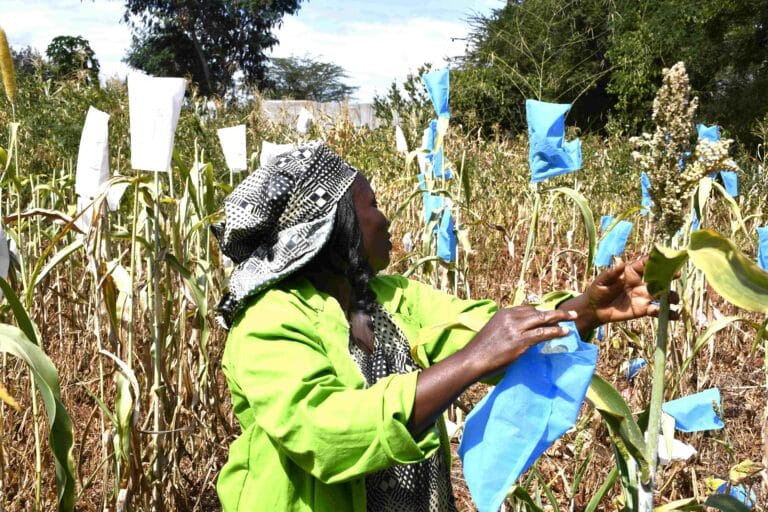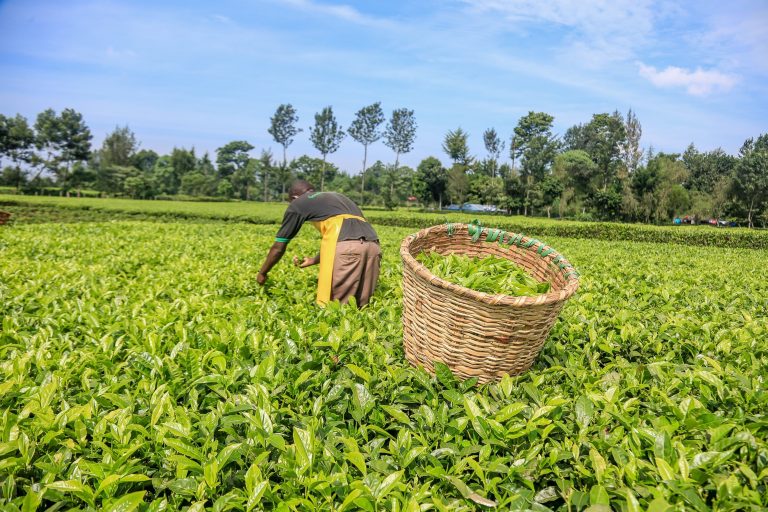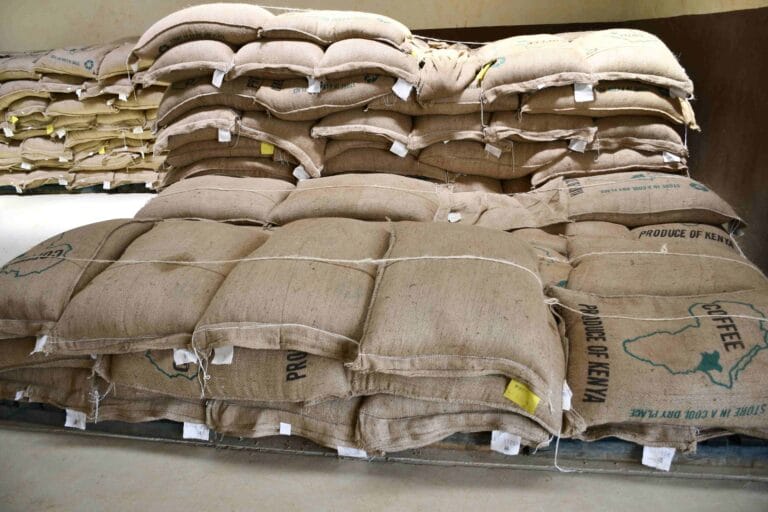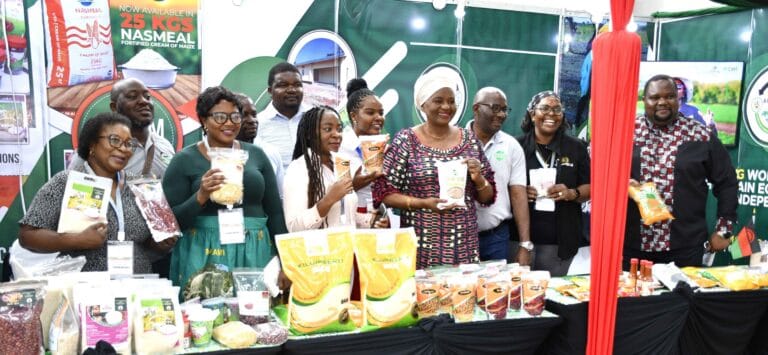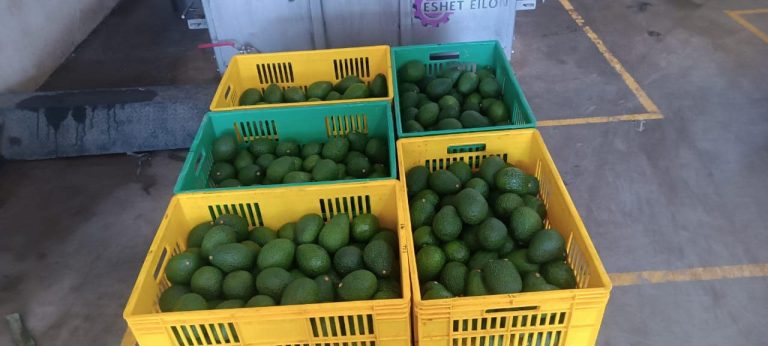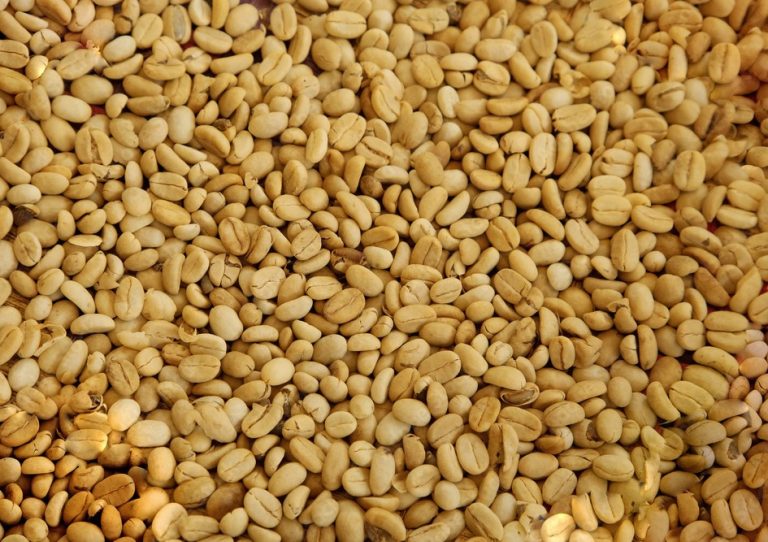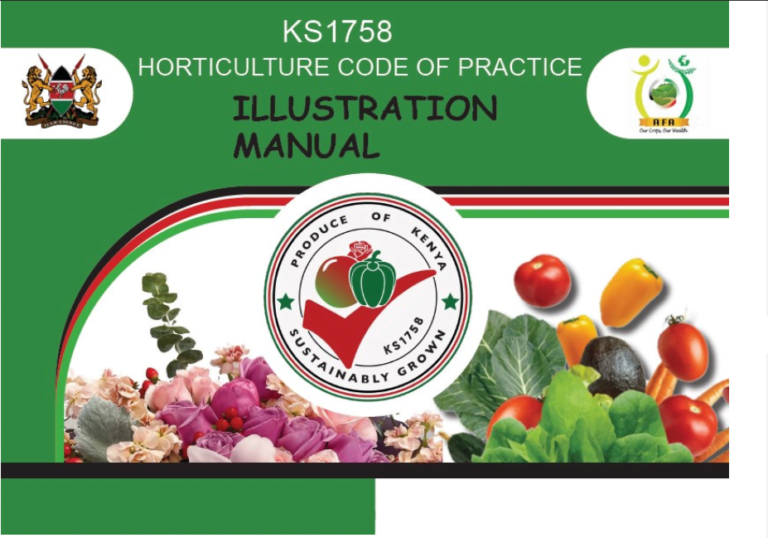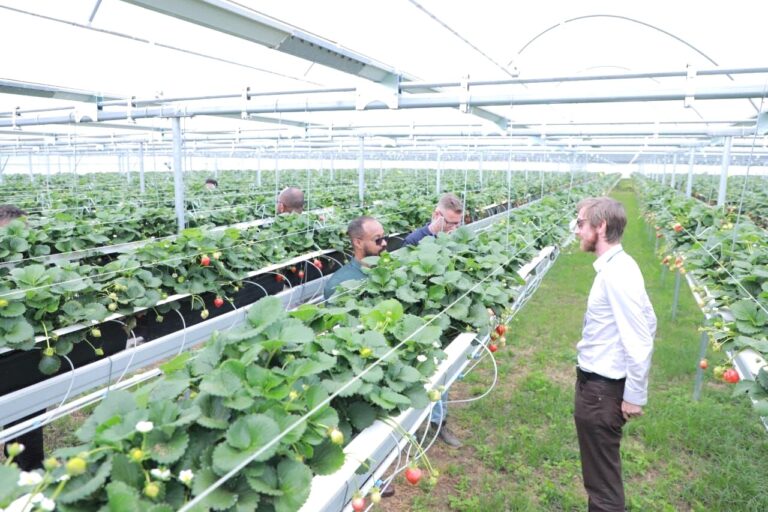By David Ndegwa
Let’s try and figure out the demand for onions in Kenya and try to appreciate the magnitude of the onion business in Kenya.
Onion is a common vegetable used by almost all homesteads in the country. Let’s make some few assumptions in trying to understand the onions demand in Kenya. Let’s assume that Kenya has a population of approximately 50million with an average of 5 people per household = 10m households.
Let’s also assume that each homestead uses 1 onion (big or small) per day translating to 10,000,000 onion bulbs per day.
So, on average how many bulbs makes a kilogram? Depending on the size, it ranges from 4 to 12 onions and for the sake of this conversation, let’s take 10 as our average.
10,000,000/10 = 1,000,000 kgs per day and x 365 it translates to 365,000,000 kgs of onions consumed annually.

What area of land maybe required? Let’s assume 1 acre will produce 2 crops per year at an average of 6000kgs per acre. (365m / (2×6000)) = 30,416 acres.
So, what’s the worth of the onion business in Kenya? Let’s assume an average retail price of 100 bob per kg which is 365,000,000 x 100 amounting to 36 billion Kenya shillings. This translates to a big cake enough for those along the whole value chain including the farmer, broker, wholesaler, Mama mboga, seed sellers and other input merchants.
Success or failure in onion growing depends on how knowledgeable a farmer is in the art of growing. Let me enumerate the key factors required for successful onion growing business.
- Land
- An adequate supply of water.
- An effective irrigation system. Flood irrigation, overhead or drip irrigation is appropriate.
- Inputs availability e.g. Seeds, manure, fertilizer, chemicals, labour etc.
- The know how. You need to understand the art of growing onions. Agriculture is defined as both an art and a science. The art is the know-how of how to grow and the science is for the agronomist meaning you don’t have to be an agronomist in order to grow good onions.
- Market. We have already established that there is a huge demand for onions.
It is important to emphasize at this point that successful production of onions will depend on how each of the above will be optimized.
Let me state that, it is not any production per acre that guarantees returns to the farmer but it is any yield above 15 tons per acre. For any serious farmer out there, it is important to know how to get 15 tons and above if you really want to earn money from onions.
I am fixed on 15 tons because profit = sale – growing cost.
There is an element in production known as the cost of production per kilo which is the game changer in any farming enterprise and it is the one that determines the profitability of a farming business. Cost of production per kilo = Amount sold from produce of a known area e.g. 1 acre / total kgs or pieces harvested.
Once you get the cost of production per kg of an item, you subtract from the price per kilo or piece to get the net profit per item. Therefore, when you talk about the cost of production of any product, please understand that this element is farmer specific and yield per acre or per unit is a key component.
Let’s delve on how to get 15 tons and above and I am going to restrict my discussion to using the drip irrigation system.
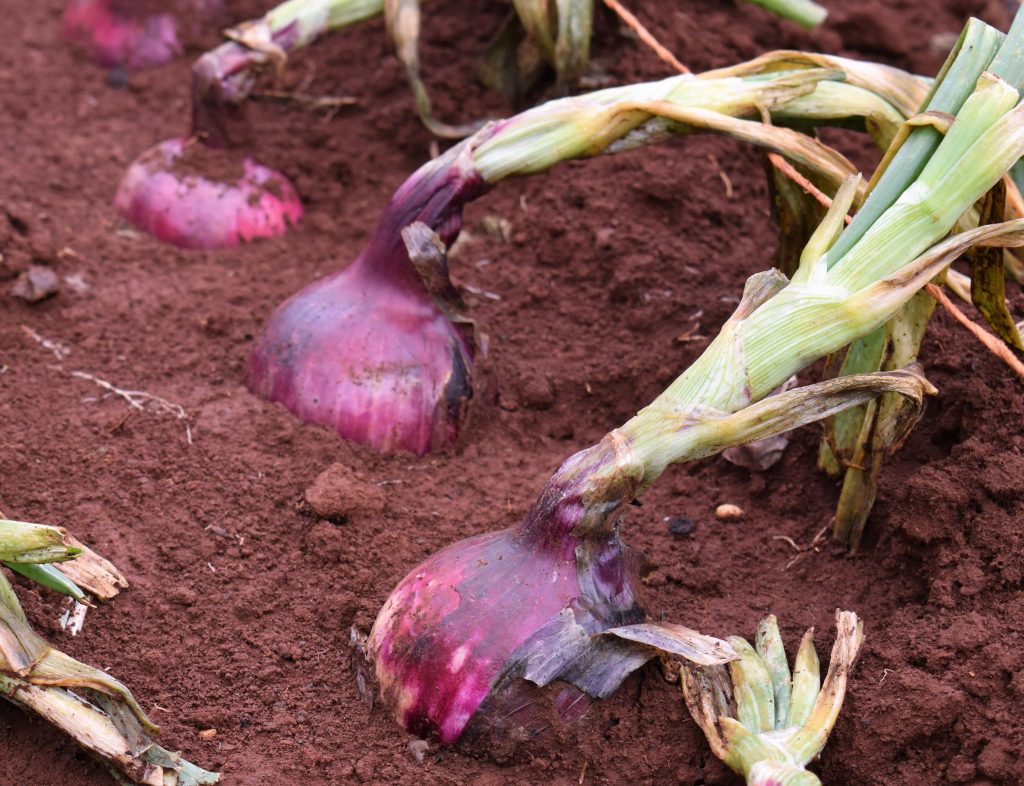
Let’s take a normal 1 acre and assume the following dimensions of 80m by 50m plot. The dimensions may vary but the area should be 4000m². I always like having wider pathways and my bed design is always 1.7m i.e. 1m bed and 0.7 pathways. In this case, I would divide 80/1.7m = 47 beds of 50m lengths.
Steps.
- Land demarcation. It’s important to measure the land in acres or ha and facilitate drainage and service roads.
- Assuming the irrigation system is in place, we go straight to land preparation and any suitable implement maybe used provided the right tilth is achieved.
- Soil analysis. This will help you understand the nutrients level in your soil and you may need an expert interpretation.
- Once you get to know what fertilizer type and the amount to use – as a rule of thumb I would recommend two bags of DAP per acre and a truck load of manure. Spread the fertilizer and manure just before the final harrowing or chisel plough (not disc plough)
- Make beds by scooping the soil from the pathways into the top of the bed. This activity will achieve two objectives – making beds and mixing the fertilizer and manure.
- Raking. You want your bed as flat as possible and free from big lumps.
- Laying of the driplines. Recommend 4 driplines per bed.
- Pre irrigation to field capacity before transplanting.
- Uproot the seedlings from the nursery when they have a thickness of a pencil normally at 60 days in the nursery. I do not recommend tray propagation for onion seedlings for some obvious reasons.
- Grade the seedlings and transplant only those that are strong and healthy. Discard the weak ones or plant them in a separate bed. Lack of seedlings grading is what contributes into poor bulb size per m². Remember plants compete amongst themselves and the weaker ones are always out competed.
- Transplanting. This is a critical activity that determines success or failure and it must be controlled as much as possible.
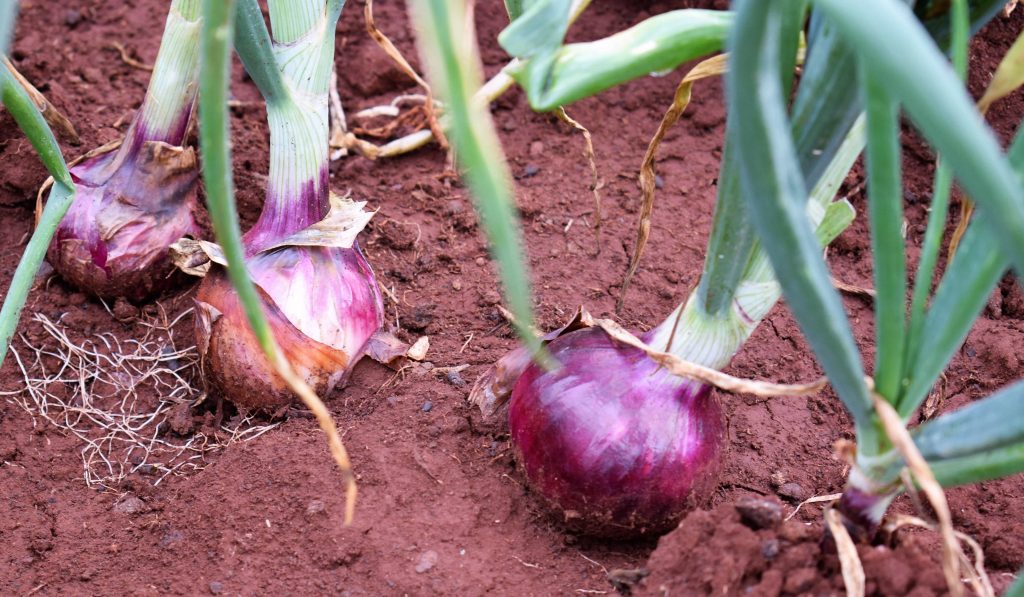
Plant population is a key aspect towards achieving 15 plus tonnes. An ideal bulb onion acceptable in the market has a diameter of 5cm to 7cm. So, the most ideal spacing from seedling to seedling is 8cm and the ideal distance between two rows along the dripline is 10cm.
This for sure is a tight spacing and it is impossible to use just eyes to measure. So, it is advisable to use a planting tool with such spacing and (I will post a photo of one in the next discussion). The tool is placed carefully on top of the beds and it marks the holes which the workers doing the transplanting will insert the seedlings. This spacing will give a plant population of 104 seedlings per M².
- Weed control. Use Galigan or commander at the right rates as per the label. It is important to know here that the smaller the weeds the effective the control is. Two or 3 times can be used depending on the weeds pressure.
- Top dressing. I will give the minimum which one may add or reduce depending on the soil analysis. First top dressing 2 bags of C.A.N per acre. Second top dressing 2 bags of Yara winner and 50kgs of MgSO4 fertilizer. Any good foliar twice per month is ideal.
- Pest and diseases control. Major pests are thrips. Use adequate sprays that target thrips life cycle. Alternate different active ingredients with different mode of action. If thrips population is too high go for two sprays per week.
You may use the following in your spray program.
1. Duduthrin
2. Movento
3 Tracer
4. Twiga ace
5. Levo
6. Actara
7. Match
8. ETC .
Diseases.
The most damaging disease is purple blotch especially during the rains. Try as much as possible to adopt a weekly spray of protectants such as chemicals with mancozeb and copper. During rains use something like Lunar sensation.
NB: Purple blotch is very stubborn during heavy rains.
When planting onions, it is always good to apply agrostemin at least twice.
- Irrigation. Maintain the soil at field capacity for best results.
- Yields calculations.
104 seedlings per m². Let’s assume a take percentage of 90%. 104 × 90% = 93 bulbs per m².
Let’s take 90 bulbs × 50m x47 beds = 211,500. Let’s assume the onions will average 8 bulbs per kg = 26.4 tonnes. After grading one should be able to sell around 24 tonnes.
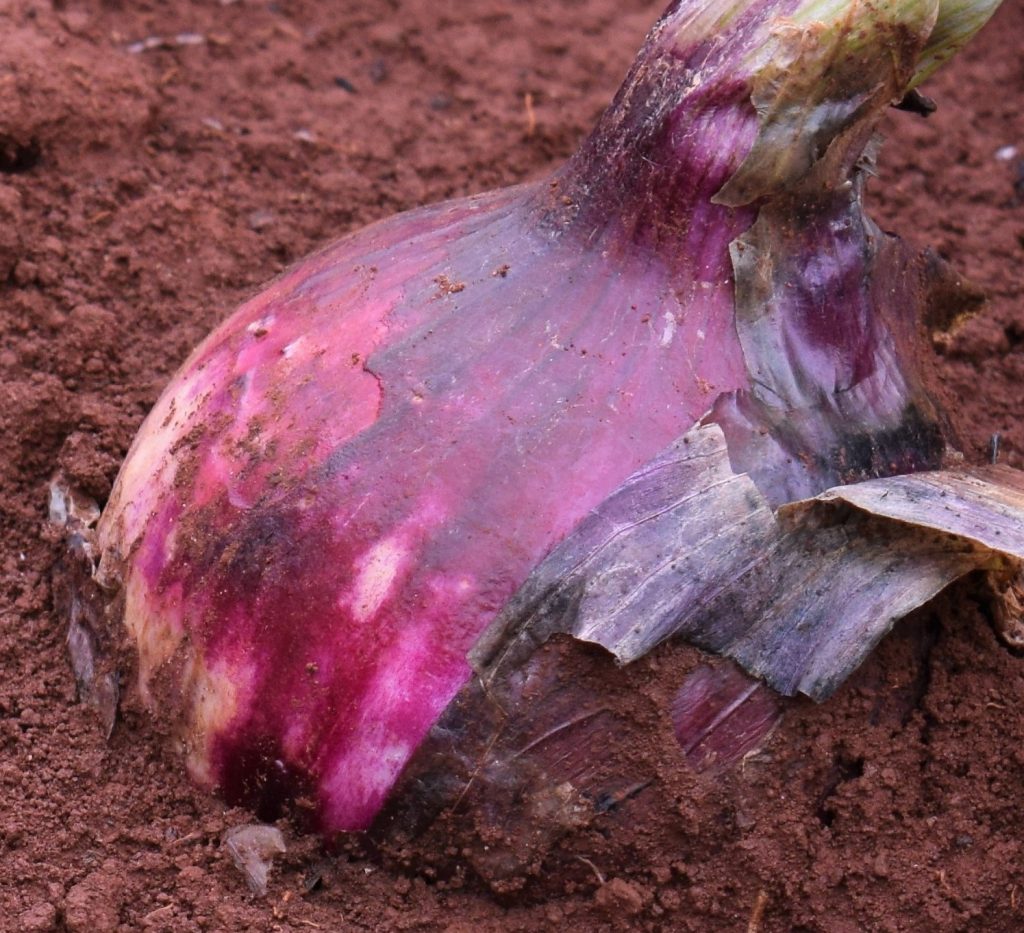
There are other factors that may come into play that might affect your efficiency hence yields declining to possibly 20 tonnes or at worst 15 tonnes.
Suppose we sell our onions at a price of Kshs. 30 Bob. Let’s take 20,000kg @ 30 = 600,000.
In our next topic I will do a gross margin analysis so that we determine the average cost per acre.


